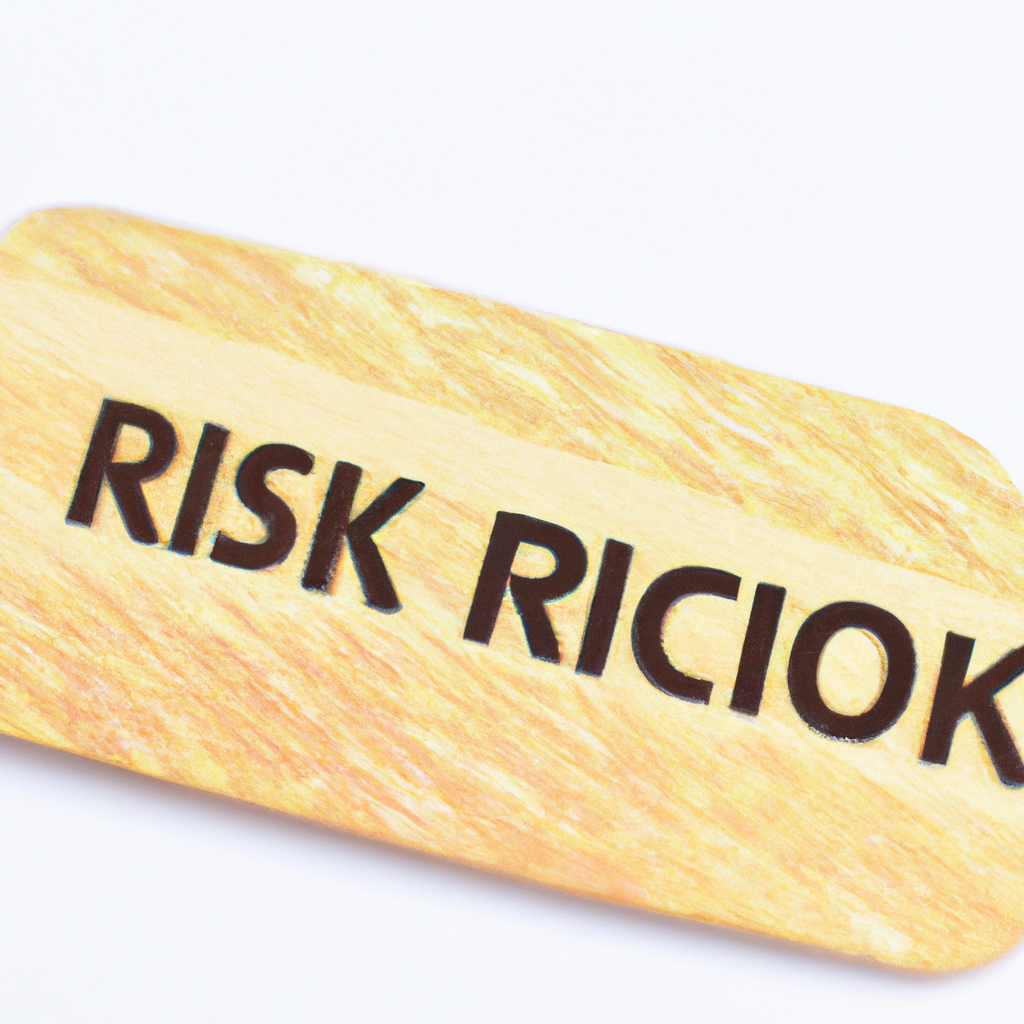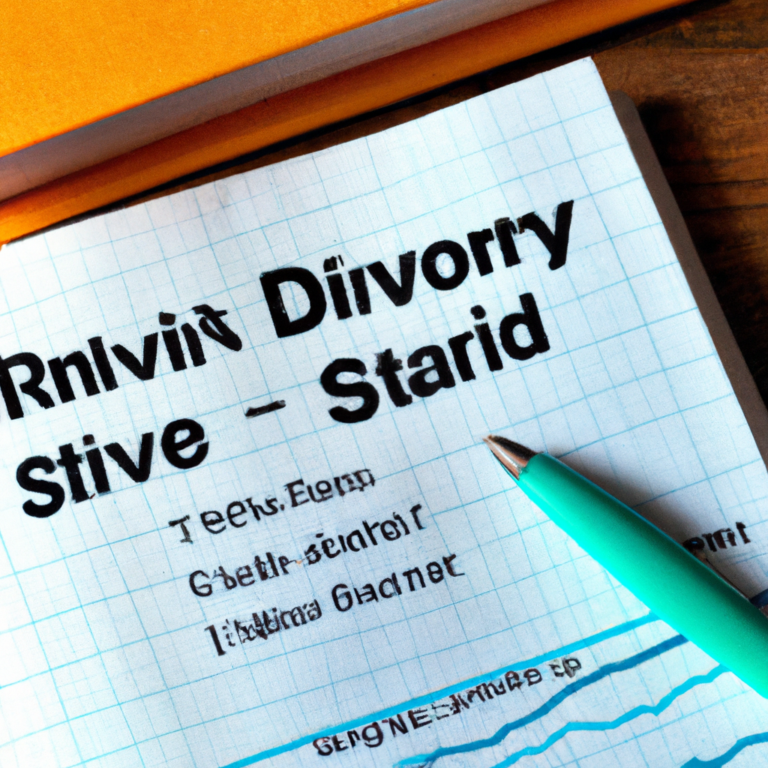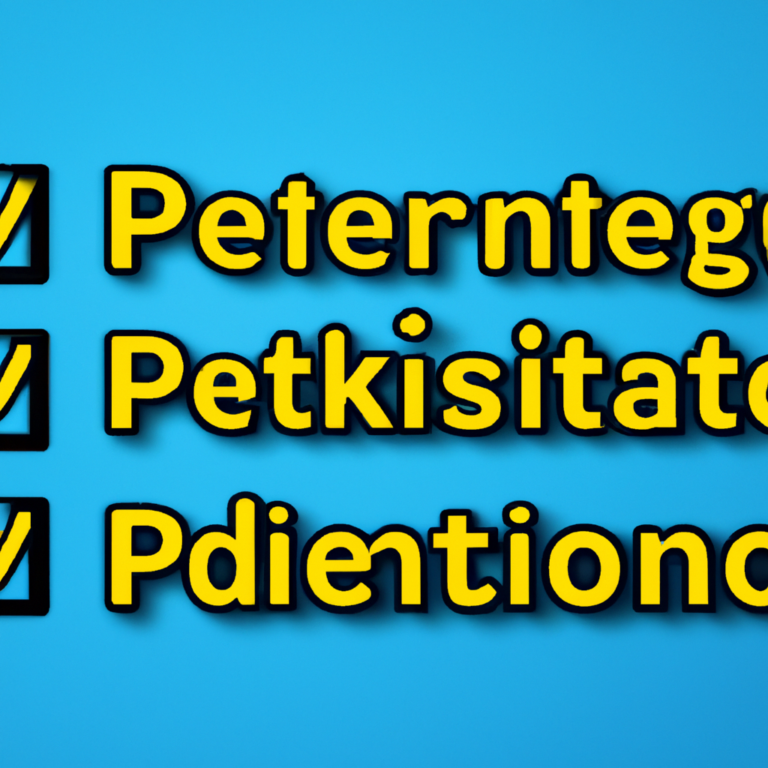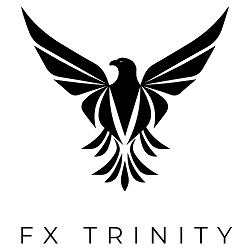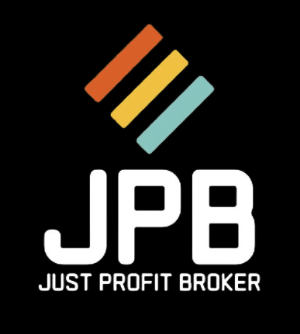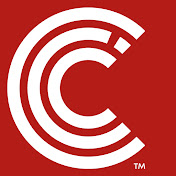Introduction to Low-Risk Investment Options
For conservative investors seeking to preserve capital while earning a steady return, understanding low-risk investment options is crucial. The financial market offers a variety of investment vehicles that are considered safer compared to stocks or cryptocurrencies. This article will explore some of these options, catering to those who prefer to avoid the rollercoaster ride of more volatile investments.
High-Yield Savings Accounts
One of the simplest and most accessible low-risk investment options is a high-yield savings account. Unlike regular savings accounts, high-yield versions offer a significantly higher interest rate, enabling your money to grow at a faster pace without risking capital loss.
Characteristics
– FDIC insured up to $250,000, providing a layer of security.
– Easy access to funds, making it a liquid investment.
– Interest rates can vary, so it pays to shop around for the best rate.
Certificates of Deposit (CDs)
CDs are time-bound deposit instruments offered by banks with a fixed interest rate. By agreeing to leave your money in the CD for a predetermined period, you often receive a higher interest rate compared to regular savings accounts.
Considerations
– Early withdrawal penalties can apply, making it less ideal for those seeking liquidity.
– Fixed interest rate means you know exactly how much you’ll earn at the end of the term.
– FDIC insured, adding a layer of protection for your investment.
Government Bonds
Government bonds are loans you give to the government, which in return, promises to pay you back with interest. These are considered very safe investments since they are backed by the government’s credit.
Types of Government Bonds
– Treasury Bills: Short-term securities that mature in a year or less.
– Treasury Notes: Mid-term investments that mature between one and 10 years.
– Treasury Bonds: Long-term investments with maturities longer than ten years.
Municipal Bonds
Municipal bonds are issued by local, state, or municipal entities and often offer tax-free interest payments, making them an attractive option for conservative investors in higher tax brackets.
Benefits
– Interest earnings are often exempt from federal income taxes and possibly state and local taxes.
– Generally low risk, especially if issued by reputable municipalities.
– Support local projects such as infrastructure, schools, and hospitals.
Money Market Funds
Money market funds are mutual funds designed to offer high liquidity with a very low level of risk. These funds invest in short-term, high-quality debt from the government, banks, or corporations.
Attributes
– Provides higher returns than savings accounts or CDs.
– Offers easy access to funds and the ability to write checks directly from the account.
– Lower risk compared to stock or bond mutual funds, though they are not insured by the FDIC.
Fixed Annuities
Fixed annuities are contracts with an insurance company. You make a lump-sum payment or series of payments, and in return, the insurer promises to make periodic payments to you, starting either immediately or at some future date.
Advantages
– Predictable income stream, which can be vital for retirement planning.
– Returns are typically higher than those on savings accounts or CDs.
– The principal investment is often protected.
Conclusion
Conservative investors have a variety of low-risk investment options to choose from, each with its own set of benefits and considerations. Whether you’re drawn to the predictability of CDs, the safety of government bonds, or the tax advantages of municipal bonds, it’s essential to align your choices with your financial goals, risk tolerance, and investment horizon. Before making any investment, thorough research and possibly consulting with a financial advisor can provide personalized insights tailored to your specific situation.
